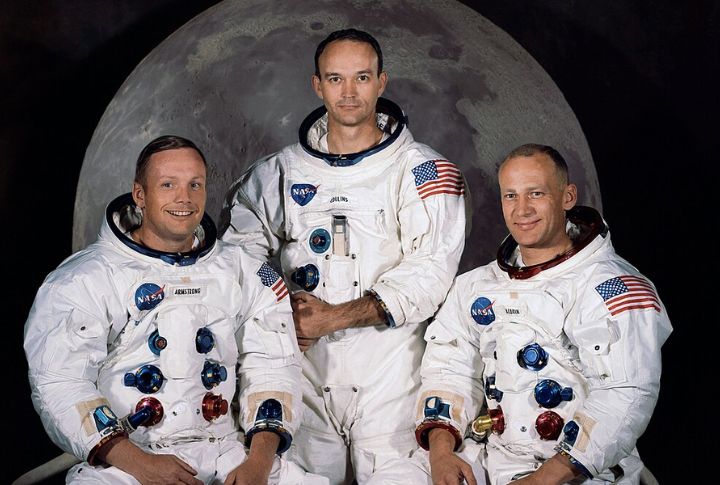
Everyone remembers Neil Armstrong’s first step and Buzz Aldrin’s stiff salute, but fewer know about lunar communion or Pink Floyd’s improvised soundtrack. These lesser-known moments—from engineering oversights to brilliant improvisations—add color to Apollo’s story and prove the strangest details happened outside the headlines.
Armstrong Had to Hop Off the Ladder
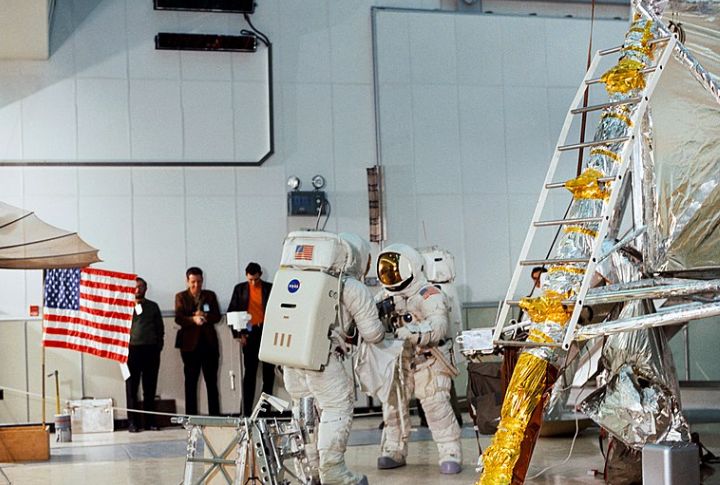
NASA kept the Eagle’s ladder short to shave off weight, but that left Armstrong three and a half feet above the surface. The “giant leap” ended up being an awkward drop in low gravity. Poetic or not, the landing was all function—no frills, no fluff.
Aldrin Nearly Locked Himself Out
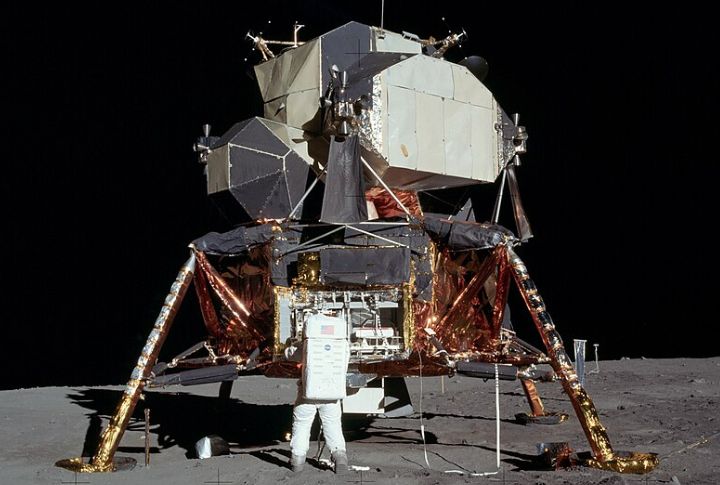
Buzz Aldrin had to leave the Eagle’s hatch slightly open after exiting. If it shut fully, the pressure seal could’ve made it impossible to reopen. One simple mistake would’ve stranded them in front of a live global audience. That quiet precaution saved the mission from embarrassment—and possibly disaster.
Buzz Took Communion in Silence
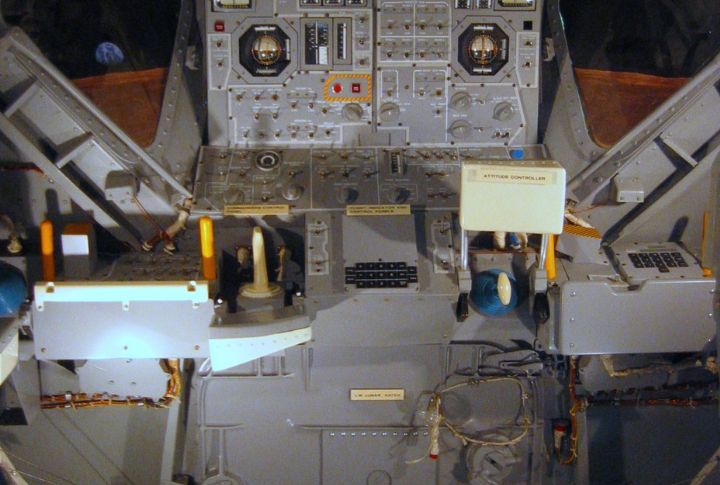
Inside the lunar module, Aldrin marked the landing with a private communion. He used a tiny silver chalice and a vial of wine, honoring his Christian faith. NASA chose not to air the moment to avoid legal backlash. Aldrin later said he regretted keeping it private.
NASA’s Flag Was a Department Store Grab
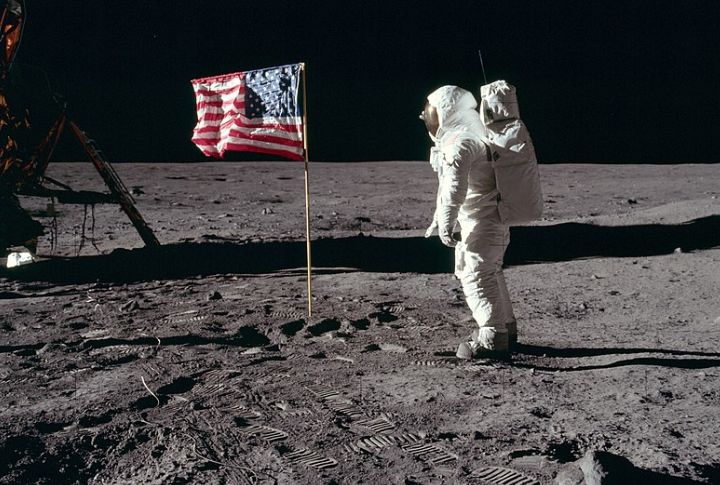
No custom flag was prepared for Apollo 11. A NASA staffer picked one up at a local Sears, then engineers rigged a crossbar to make it stand up. That iconic waving image? A last-minute solution for the Moon’s windless surface, born from a store shelf and a quick fix.
Moon Dust Sample Waited 50 Years
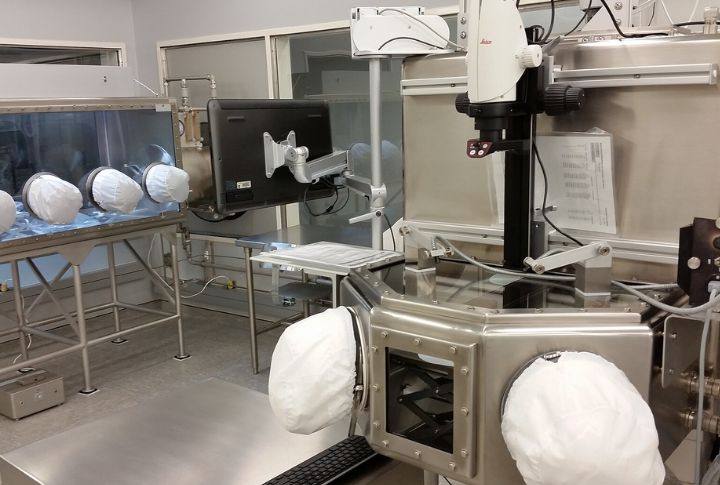
Apollo 17 left behind a sealed tube of lunar soil, untouched until 2022. Scientists saved it for a time when analysis tools had improved. When opened, it revealed gases and structures the 1970s couldn’t detect—physical traces of a volcanic past that had waited half a century to be seen.
Buzz Landed a Punch in 2002
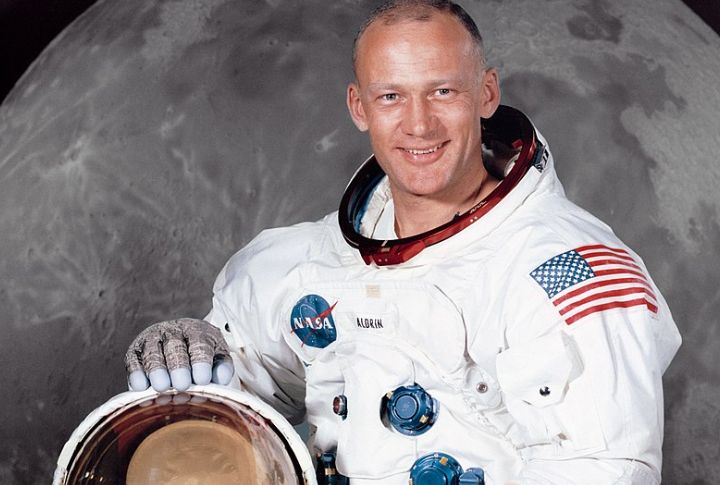
Confronted by a conspiracy theorist outside a hotel, Buzz Aldrin delivered a single punch—clean, fast, and unapologetic. He was 72. No charges were filed. It became part of his legacy: a man who walked on the Moon and didn’t flinch when called a liar on Earth.
Pink Floyd Played the Moon from Afar
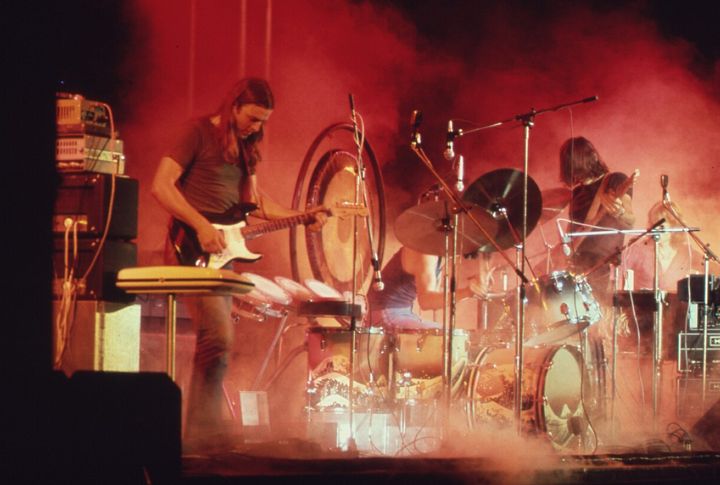
During the BBC’s Apollo 11 broadcast, Pink Floyd performed “Moonhead,” an eerie live instrumental layered over the landing footage. The moment captured the wonder and strangeness of watching people step onto another world—not official NASA audio, but just as haunting in tone.
The Guidance Computer Kept Its Cool
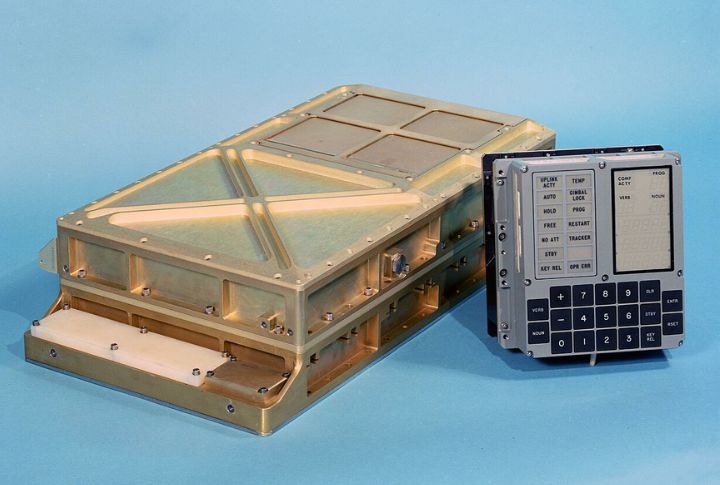
Midway through the Apollo 11 descent, mission alarms lit up. Most systems would’ve frozen. Instead, the guidance computer rebooted on the fly and kept the landing process intact. It had less memory than a digital watch, yet it made decisions fast enough to avoid a crash landing.
Their Insurance Plan Was Autographs
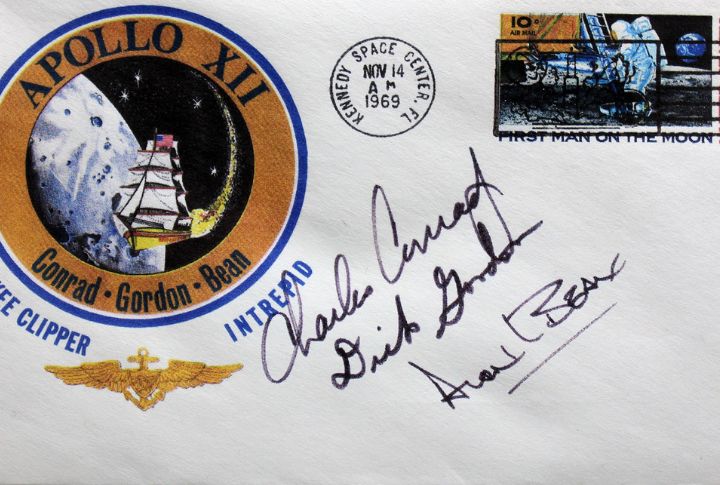
Life insurance companies wouldn’t touch astronauts, so the crew signed hundreds of envelopes before launch. Families could sell them if the mission failed. Quietly prepared, these “insurance covers” became both mementos and safety nets—a contingency plan born out of love, not paperwork.
Apollo 12’s Flag Was Vaporized
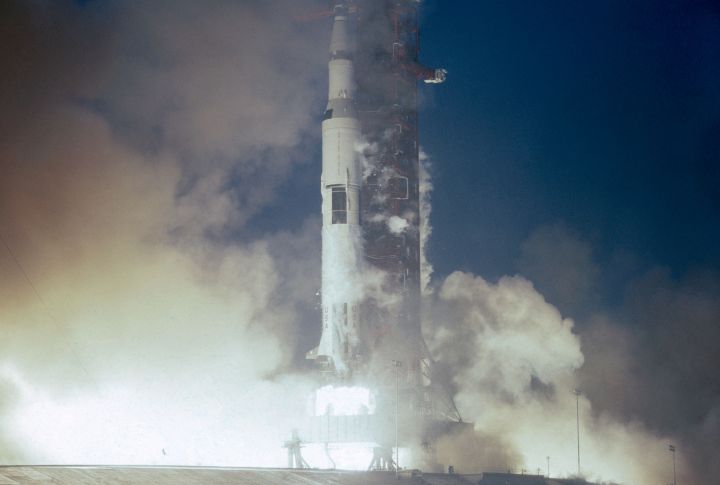
Seconds after liftoff, Apollo 12’s exhaust torched the American flag on the pad. Engineers had placed it too close to the rocket. No one noticed until review footage showed it disintegrating instantly. NASA adjusted placement in future missions—but the lesson came with some smoke.
Nobody Saved the Blueprints
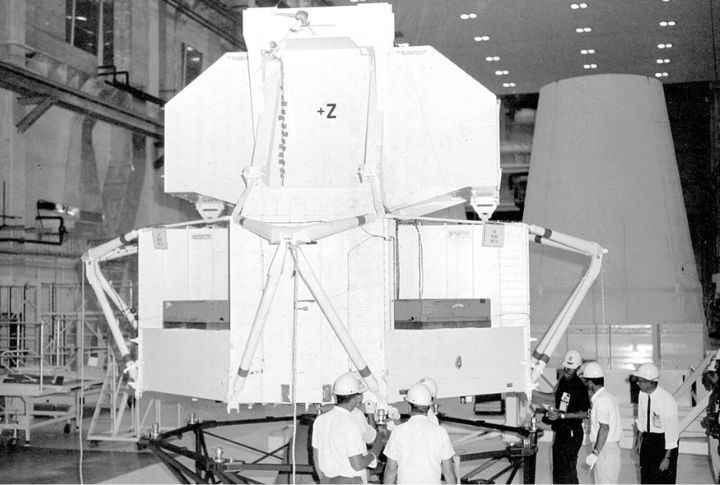
The original plans for the lunar module vanished after the program ended. Some were thrown away, others misplaced during NASA’s downsizing. If we wanted to rebuild the lander today, it’d take guesswork. One of history’s greatest machines, and the instructions went out with the trash.
Golf on the Moon Was Improvised

Alan Shepard stashed a makeshift club and two balls in his gear. On the Moon, he took two stiff swings. The second went soaring, aided by weak gravity and no atmosphere. Nobody knows where it landed, but it’s likely still there, undisturbed and half-buried in regolith.
Nixon Had a Disaster Speech Ready
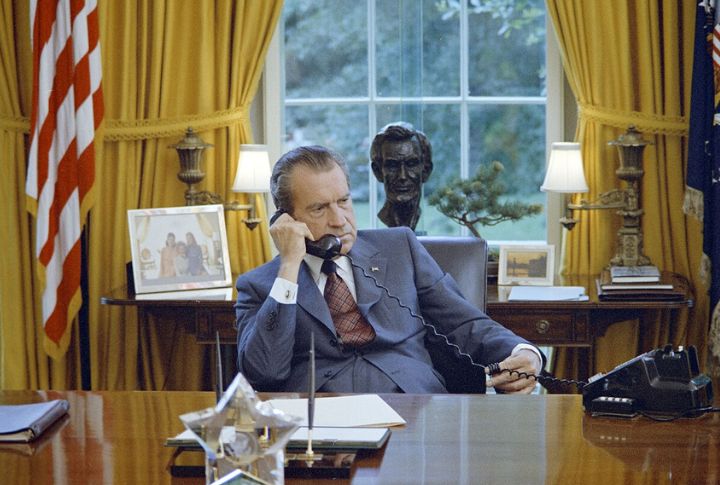
White House aides wrote a speech for Nixon in case Armstrong and Aldrin were lost. It read like a eulogy, thanking them for dying in pursuit of discovery. The speech was never read, but just writing it revealed how real the risks were.
A Core Sample Told a Volcanic Story
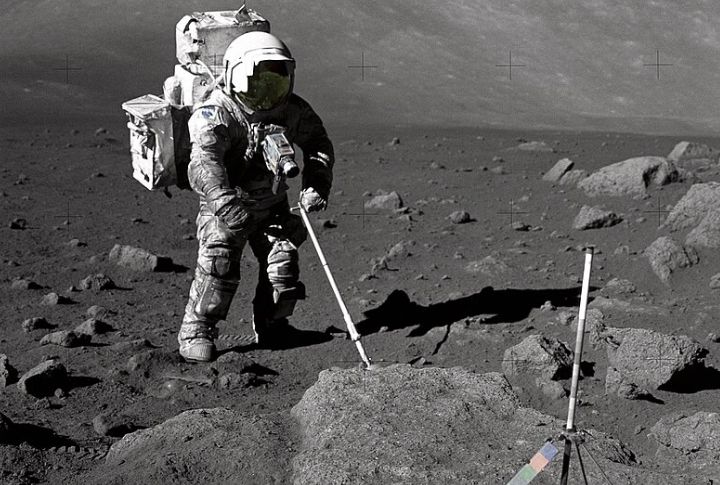
Harrison Schmitt pulled the deepest lunar core ever drilled—over 12 feet down. Inside were layers of ancient ash and orange glass beads, clues to the Moon’s volcanic history. The sample shifted how geologists saw the Moon: not just dust and rock, but the memory of fire.
Apollo 13’s Escape Plan Was Gravity
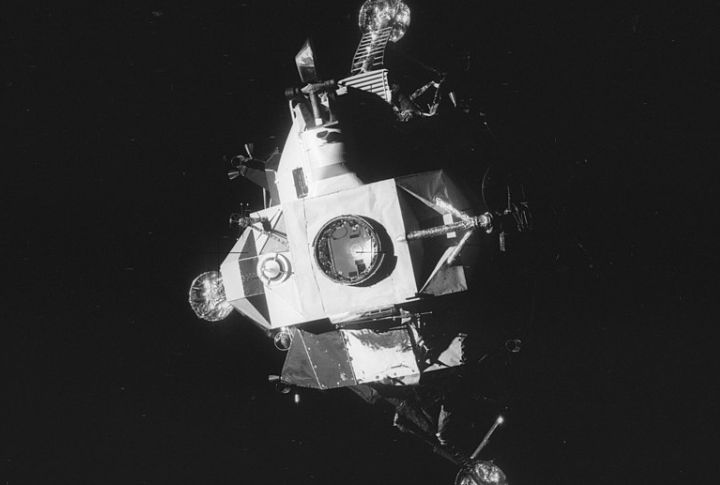
With oxygen leaking and the mission hanging by a thread, Apollo 13’s engineers plotted a loop around the Moon. It wasn’t in the original plan. But using lunar gravity to slingshot home gave the crew just enough momentum to make it back alive. It worked.
The Fireball Would’ve Melted Everything

If the Saturn V exploded at launch, the fireball would’ve hit 2,500°F—hot enough to liquefy steel. NASA calculated that anything within a mile could vanish. That risk was accepted for every liftoff. You saw confidence on TV. What you didn’t see was the gamble underneath.
Lightning Nearly Doomed Apollo 12
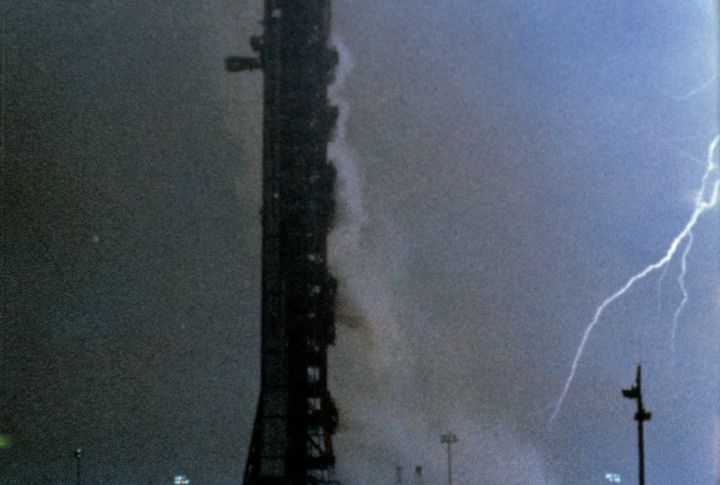
Thirty-six seconds into launch, Apollo 12 was hit by lightning—twice. Systems blinked out, alarms screamed. Flight controller John Aaron remembered an obscure switch. One toggle brought the systems back. Later that day, Pete Conrad and Alan Bean landed on the Moon like nothing had gone wrong.
The Lunar Rover Expanded the Mission
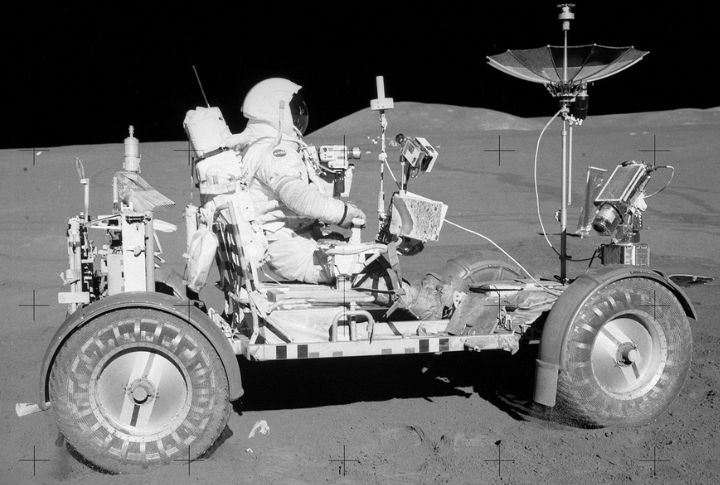
Apollo 15 introduced a foldable rover that let astronauts roam over 17 miles of rocky terrain. Without it, they would’ve stayed within walking distance of the lander. Built with mesh wheels and magnesium tubes, it gave them the ability to explore, collect samples, and stretch lunar exploration far beyond footprints.
Saturn V Was Always Loaded
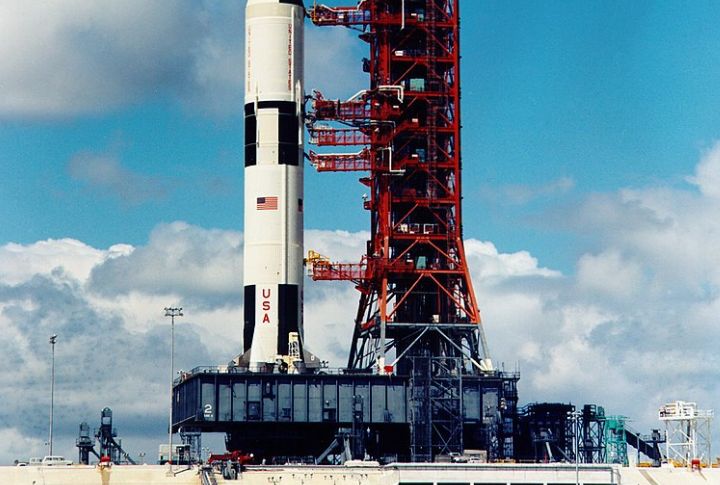
Each time the Saturn V stood on the pad, it held enough fuel to create a fireball the size of a small city. One error could’ve turned the launch site to rubble. That risk wasn’t rare—it was standard. Every countdown ticked toward either glory or catastrophe.

